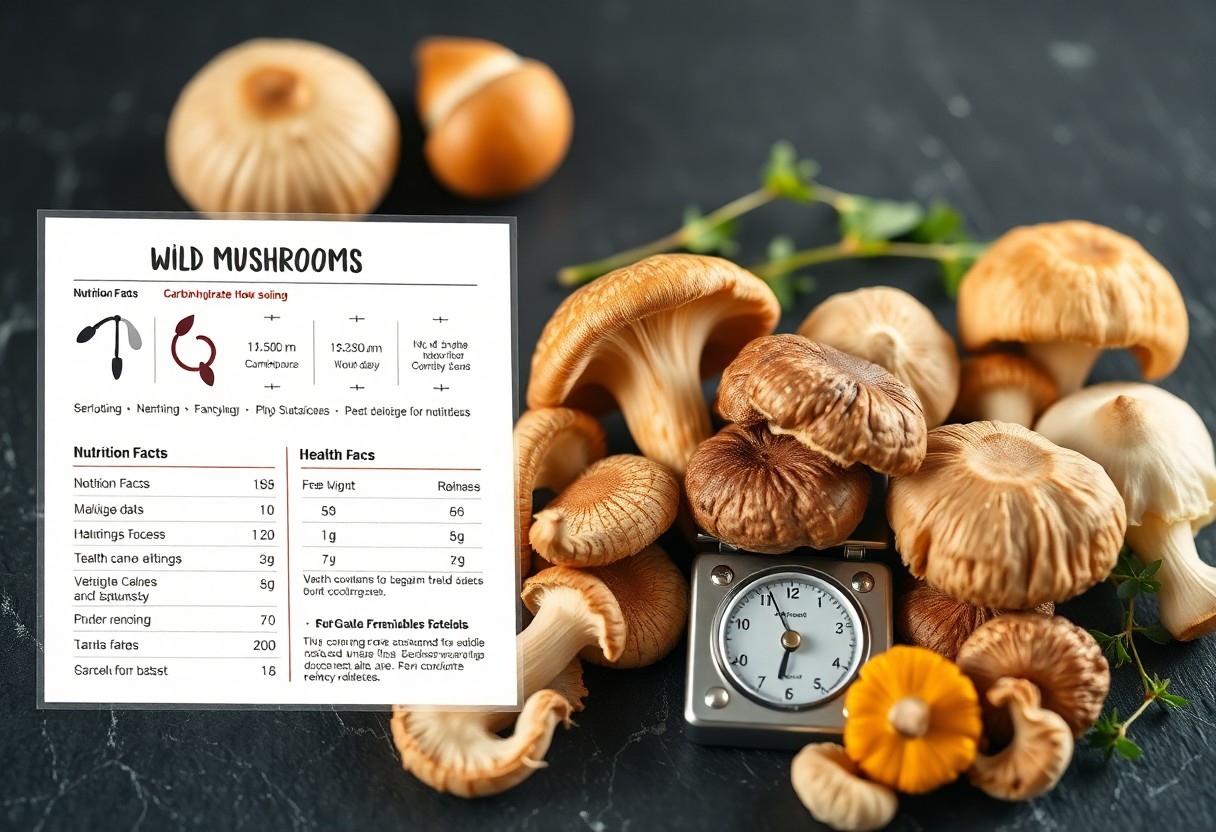Yoga offers effective techniques to nurture and enhance your lower back's health. By incorporating specific poses and stretches into your routine, you can alleviate tension, improve flexibility, and build strength in your back muscles. This blog post will guide you through various yoga practices designed to stretch and support your lower back, ensuring you can maintain a healthy posture and reduce discomfort in your daily life. Let’s explore how these mindful movements can positively impact your overall well-being.
The Importance of Lower Back Health
Before plunging into yoga practices, it’s vital to recognize the significance of lower back health. Your lower back supports your entire body and plays a vital role in movement and stability. Neglecting its health can lead to discomfort and restrict your daily activities. To learn more about effective methods to alleviate low back pain, check out the 4 Best Yoga Poses to Relieve Low Back Pain.
Common Lower Back Issues
At some point, you may experience common lower back issues like muscle strains, herniated discs, or sciatica, which can significantly affect your mobility and quality of life. These conditions often arise from poor posture, inadequate physical activity, or overexertion. Understanding these problems helps you take proactive steps towards recovery and prevention.
Benefits of Yoga for Back Pain
The practice of yoga offers numerous benefits for alleviating back pain. It provides gentle stretching and strengthening, promoting flexibility and balance in your body. Regular yoga can also improve posture, reduce stress, and enhance overall physical well-being, making it an excellent choice for managing lower back discomfort.
Lower back pain can restrict your movement and hinder your lifestyle. By incorporating yoga into your routine, you not only address immediate discomfort but also strengthen the muscles supporting your spine, allowing for better alignment and stability. Over time, consistent practice can lead to increased range of motion, reducing the likelihood of future issues and enhancing your overall quality of life.
Yoga Poses for Lower Back Strengthening
While many people struggle with lower back discomfort, incorporating specific yoga poses into your routine can help build strength and alleviate tension. Focusing on poses designed to stabilize and support the back will not only improve your flexibility but also enhance your overall well-being. Engaging in these practices regularly can lead to significant improvements in your spinal health and reduce pain over time.
Cat-Cow Stretch
Yoga's Cat-Cow Stretch is a gentle flow between two poses that warms the body and increases flexibility in the spine. Start on your hands and knees, then alternate between arching your back while inhaling (Cat) and dropping your belly while exhaling (Cow). This dynamic movement engages your core and fosters better alignment in your lower back, providing a refreshing way to relieve tension.
Child's Pose
Child's Pose is a restorative yoga position that encourages relaxation while stretching the lower back and hips. By kneeling and sitting back on your heels, you can extend your arms forward or rest them by your sides. This pose allows you to gently release any built-up tension in your lower back, making it an ideal practice for moments of stress or fatigue.
Another benefit of Child's Pose is its ability to promote emotional and mental calmness. By incorporating deep breathing while you hold this pose, you create space for mindfulness, helping to quiet your mind and reduce anxiety. This meditative aspect transforms Child's Pose into not just a physical stretch, but a holistic practice for nurturing your overall well-being.
Yoga Poses for Lower Back Stretching
Your journey to a more flexible and pain-free lower back can be greatly enhanced through specific yoga poses. By incorporating these stretches into your routine, you can alleviate tension, improve mobility, and promote overall spinal health. Let's explore some effective yoga poses that specifically target the lower back, starting with a foundational pose that assists in deep stretching.
Forward Bend
Against the common tendency to overreach and strain, Forward Bend offers a gentle way to release tension in your lower back. As you fold forward, let gravity assist you in deepening the stretch, allowing your hamstrings and spine to relax. This grounding position not only provides a physical release but also encourages mental clarity and calm.
Supine Twist
Along with other vital stretches, the Supine Twist is a restorative pose that can significantly relieve stiffness in your lower back. By gently twisting the spine while lying down, you facilitate spinal alignment and release built-up tension in your back muscles.
With the Supine Twist, you engage in a soothing stretch that encourages relaxation while also enhancing spinal flexibility. Lying on your back, bend your knees and allow them to drop to one side, keeping your shoulders grounded. This pose not only stretches the lower back but also stimulates digestion and promotes a sense of calm through deep breathing. Incorporate this into your routine for an effective recovery and relief from everyday stressors.
Incorporating Breathwork in Yoga
To enhance your yoga practice and support your lower back, integrating breathwork can make a significant difference. Focusing on your breath allows you to cultivate awareness, reduce tension, and deepen your stretches. Breathwork acts as a bridge, connecting your mind and body, enabling you to stay present and fully engaged during your yoga sessions. As you learn specific breathing techniques, you'll discover how they can foster relaxation and promote a sense of balance, both physically and mentally.
Diaphragmatic Breathing
Between the hustle of daily life and your yoga practice, diaphragmatic breathing plays a vital role in grounding you. This technique encourages you to breathe deeply into your diaphragm rather than your chest, optimizing oxygen intake and promoting relaxation. By consciously engaging your diaphragm, you can effectively reduce stress and cultivate a sense of calm, making your yoga practice more enjoyable and productive.
Connecting Breath with Movement
Yoga invites you to unify your breath with your movements, creating a seamless flow throughout your practice. As you transition through poses, coordinating each movement with your breath can help you achieve greater mindfulness and focus. This connection enhances your overall experience, allowing you to explore your body's capabilities while releasing tension.
Indeed, synchronizing your breath with movement allows for a more fluid and harmonious yoga practice. As you inhale and exhale in alignment with each pose, you'll not only improve your physical performance but also deepen your mental clarity. This integration of breath and movement fosters a meditative state, enhancing your ability to stay present and connected during each session, ultimately supporting your lower back and overall wellbeing.
Creating a Sustainable Yoga Routine
Not all yoga routines are created equal; to truly reap the benefits for your lower back, it’s imperative to establish a sustainable practice. Your routine should be manageable and enjoyable, allowing you to incorporate yoga into your lifestyle without feeling overwhelmed. Consistency is the key to achieving long-term results, so aim to find a balance that suits your schedule while supporting your back health.
Frequency and Duration
By committing to a consistent frequency, you’ll enhance your progress. Aim for short sessions several times a week, dedicating anywhere from 15 to 30 minutes per practice. This approach helps to build strength and flexibility in your lower back, allowing you to gradually deepen your practice without strain.
Tailoring Practice to Individual Needs
On your journey, it's vital to customize your yoga practice according to your unique body and lifestyle. Listen to your body, and adjust postures and durations based on your comfort and capabilities. This personalized approach will not only enhance your experience but also protect your lower back from potential strain.
Duration plays an imperative role in tailoring your practice. Focus on quality rather than quantity; even a few minutes of mindful stretches can be beneficial. You can progressively increase the time as your strength and flexibility improve. Incorporate poses that resonate with your needs, and don’t hesitate to modify them. Seeking advice from experienced instructors can also provide valuable insights into which poses best support your lower back health.
Safety and Modifications for Yoga Practice
Once again, practicing yoga safely is important for protecting your lower back and ensuring you receive the maximum benefits. You should listen to your body and make modifications to poses as needed. If a particular posture feels uncomfortable, do not hesitate to adjust your alignment or use props for additional support. Prioritize your comfort and gradually increase your practice intensity as your back becomes stronger and more flexible.
Listening to Your Body
Among the most important aspects of your yoga practice is being attuned to your body's signals. Pay attention to any discomfort or pain, and acknowledge when it's time to ease off or modify a pose. Yoga is not about pushing through, but about cultivating awareness and finding balance. This mindfulness will help you protect your lower back while enhancing your practice.
Using Props for Support
Incorporating props into your yoga routine can significantly enhance your support and alignment during various poses. Blocks, straps, and bolsters can help you achieve better form, reduce strain, and ensure that your lower back remains protected as you stretch and strengthen. These props serve as extensions of your body, allowing you to experience poses more comfortably and effectively.
Hence, using props is not a sign of limitation; it is a practical way to deepen your yoga practice. By incorporating blocks, straps, or cushions, you can modify poses to fit your unique body and needs. This will not only enhance your overall experience but also allow you to focus on your breath and alignment without the fear of injury. Utilize these tools to create a supportive environment, making your yoga practice more enjoyable and sustainable.
Summing up
Following this, incorporating yoga practices into your routine can effectively stretch and support your lower back, promoting flexibility and strength. You’ll find relief from discomfort and enhance your overall well-being. To get started, explore The 10 Best Yoga Poses for Back Pain that can guide your practice and help you achieve a healthier back.
FAQ
Q: How can yoga help in stretching and supporting my lower back?
A: Yoga helps improve flexibility and strength, which are both important for a healthy lower back. Specific poses stretch the muscles along the spine and promote better posture, while strengthening exercises provide support to the back muscles. This combination can alleviate tension, reduce discomfort, and prevent future injuries.
Q: What are some effective yoga poses for lower back pain relief?
A: Some effective yoga poses for relieving lower back pain include Child's Pose, Cat-Cow Stretch, Downward-Facing Dog, and Sphinx Pose. Each of these poses helps to gently stretch and strengthen the muscles in the lower back, promoting better alignment and reducing stiffness.
Q: How often should I practice yoga for lower back support?
A: For optimal results, practicing yoga 2-3 times a week can be beneficial. Consistency is key, as regular practice will help build strength and flexibility over time. Incorporating short daily sessions focusing on stretching and mindfulness can also enhance your overall lower back health.
Q: Can beginners practice yoga for lower back support?
A: Yes, beginners can easily practice yoga for lower back support. Many yoga classes cater to all levels, and starting with basic poses is recommended. It's important to listen to your body and modify poses as needed. Consulting with a certified yoga instructor can also provide personalized guidance tailored to your needs.
Q: Should I consult a healthcare professional before starting yoga for my lower back?
A: It is advisable to consult a healthcare professional, especially if you have pre-existing conditions or severe pain. They can provide insight and recommendations on whether yoga is suitable for you and suggest specific poses or practices that may be most beneficial for your lower back health.











0 Comments